Lifting a shipping container with a crane is a task that demands precision, safety, and the right equipment. At CarMax Vehicle, we specialize in providing comprehensive solutions for heavy lifting operations, ensuring efficiency and reliability in every project. This guide delves into the intricate process of lifting shipping containers with cranes, offering detailed insights to help you execute lifts flawlessly.
Understanding the Basics of Shipping Containers
Shipping containers are standardized steel boxes used for transporting goods across the globe. Their robust construction makes them suitable for handling heavy loads, but lifting them requires careful planning and the right tools. Understanding the structure and weight distribution of shipping containers is crucial for a successful lift.
Types of Shipping Containers
| Container Type | Dimensions (Standard) | Maximum Gross Weight | Common Uses |
|---|---|---|---|
| 20-foot | 20′ x 8′ x 8.5′ | 24,000 lbs | General cargo, storage |
| 40-foot | 40′ x 8′ x 8.5′ | 30,480 lbs | Larger shipments, industrial use |
| High Cube | 20′ or 40′ x 8′ x 9.5′ | Varies | Height-sensitive cargo |
Understanding these variations helps in selecting the appropriate crane and lifting equipment, ensuring that the container is handled safely and efficiently.
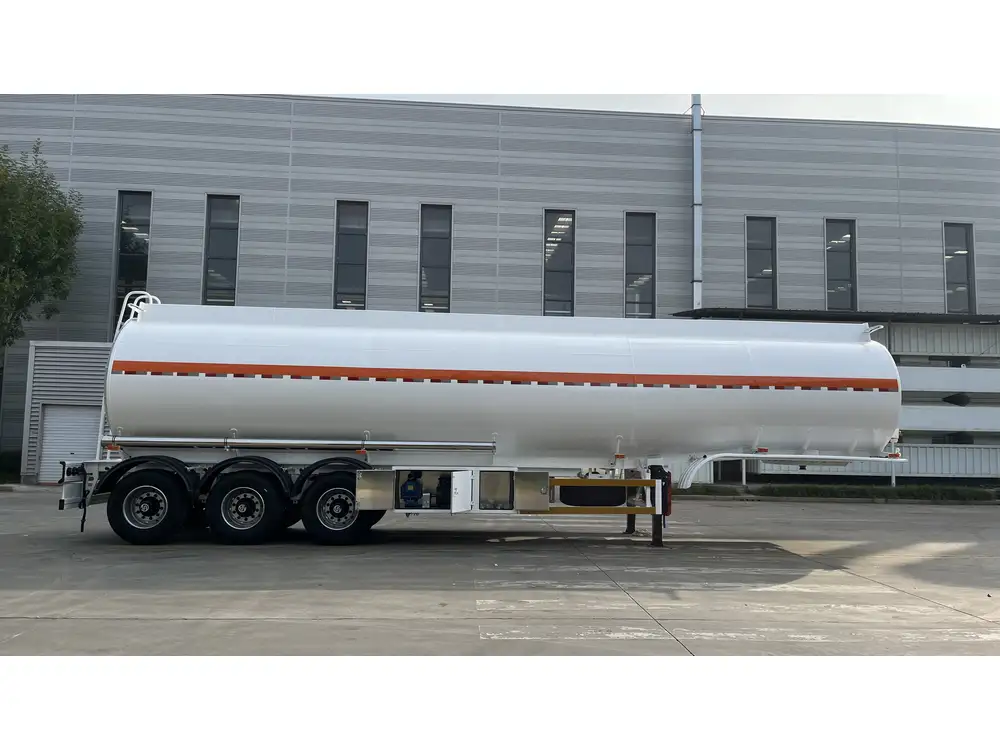
Choosing the Right Crane for Lifting
Selecting the appropriate crane is paramount in lifting a shipping container. The choice depends on several factors, including container size, weight, and the lifting environment.
Types of Cranes Suitable for Container Lifting
- Crawler Cranes: Ideal for heavy-duty lifting on uneven terrain.
- Truck-Mounted Cranes: Offer mobility and versatility for various lifting scenarios.
- Tower Cranes: Best suited for lifting containers in construction sites with vertical space constraints.
Key Considerations
- Capacity: Ensure the crane can handle the container’s maximum gross weight.
- Reach: The crane’s boom length should accommodate the lifting height and horizontal reach.
- Stability: Adequate counterweights and base support to prevent tipping.
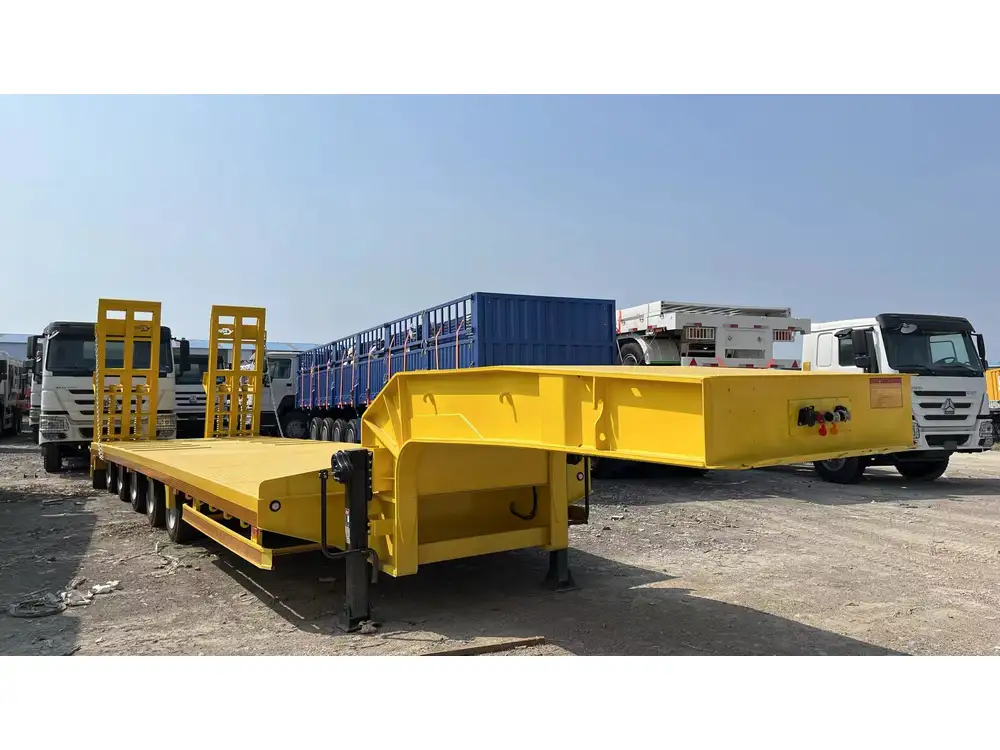
Preparing for the Lift
Preparation is the cornerstone of a safe and successful container lift. This phase involves meticulous planning, equipment inspection, and adherence to safety protocols.
Safety Precautions
- Risk Assessment: Identify potential hazards and implement mitigation strategies.
- Personal Protective Equipment (PPE): Ensure all personnel wear helmets, gloves, and safety vests.
- Communication: Establish clear communication channels among the crane operator and the ground crew.
Inspecting Equipment
Regular inspection of all lifting equipment is essential to maintain safety standards.
- Cranes: Check for structural integrity, functional controls, and hydraulic systems.
- Slings and Shackles: Inspect for signs of wear, tear, or deformation.
- Hooks and Lifting Points: Ensure they are free from defects and properly rated for the load.

Securing the Container
Properly securing the container before lifting prevents accidents and ensures a balanced lift.
- Corner Castings: Use the built-in corner castings of the container for attachment points.
- Lifting Points: Employ appropriate lifting gear aligned with the container’s center of gravity.
Step-by-Step Guide to Lifting a Shipping Container with a Crane
Executing a container lift involves a series of coordinated steps. Here’s a detailed walkthrough to guide you through the process:
1. Positioning the Crane
- Site Assessment: Evaluate the lifting area for obstacles, ground stability, and space constraints.
- Crane Placement: Position the crane to allow optimal reach and minimal wind interference.
- Stabilization: Extend outriggers to their full length to enhance crane stability.
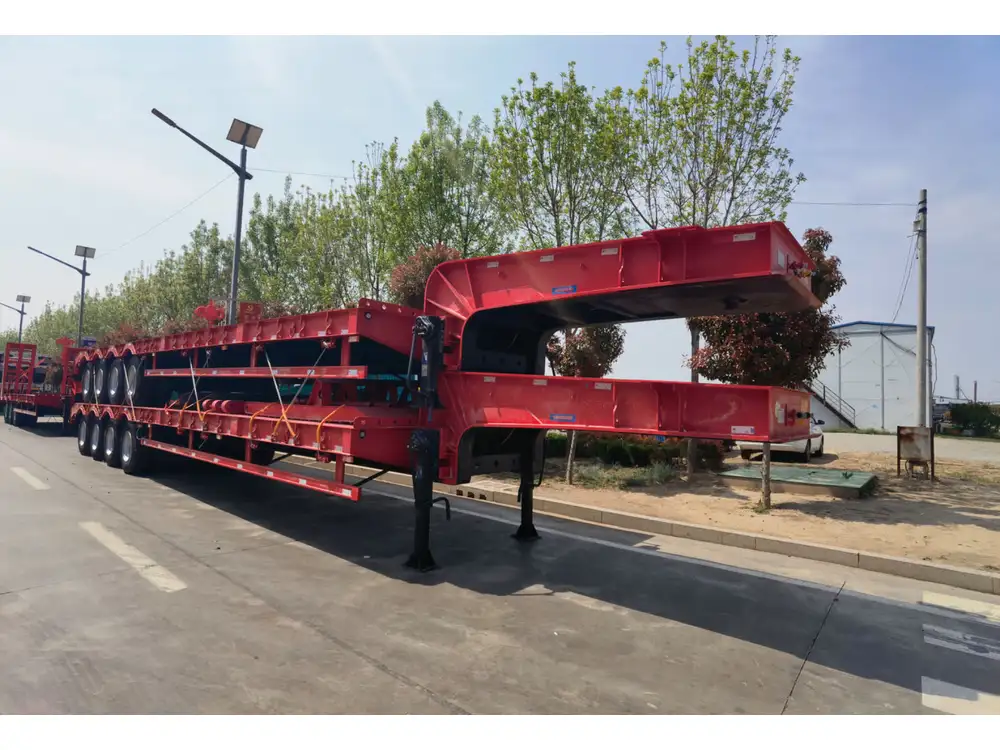
2. Attaching Slings and Shackles
- Selecting Slings: Choose slings based on the container’s weight and lifting configuration.
- Connecting Shackles: Secure shackles to the container’s corner castings, ensuring an even distribution of weight.
- Double-Checking: Verify all connections before initiating the lift.
3. Lifting and Moving the Container
- Smooth Lifting: Gradually raise the container to avoid swinging or jolting.
- Controlled Movement: Navigate the container to the desired location with steady, deliberate crane movements.
- Monitoring: Continuously observe the load for any signs of instability.
4. Placing the Container Securely
- Precise Placement: Lower the container slowly to its final position, ensuring alignment with the target surface.
- Final Adjustment: Make minor adjustments to position the container accurately.
- Detaching Equipment: Carefully remove slings and shackles once the container is securely in place.
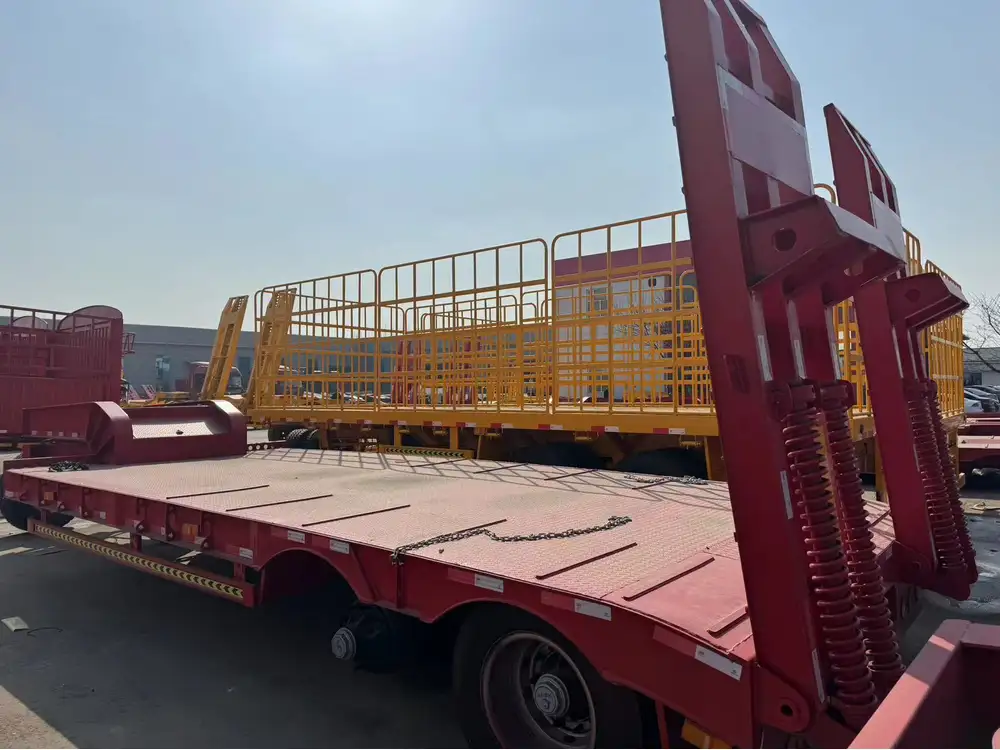
Common Challenges and Solutions
Lifting shipping containers with cranes is not without its challenges. Addressing potential obstacles proactively can mitigate risks and ensure a smooth operation.
Weather Conditions
Challenge: High winds and rain can affect crane stability and visibility.
Solution:
- Weather Monitoring: Check weather forecasts before the lift.
- Wind Speed Limits: Adhere to crane manufacturer’s wind speed guidelines.
- Temporary Shelter: Use tarps or barriers to protect the lifting area from adverse weather.
Weight Distribution
Challenge: Uneven weight distribution can cause the container to tilt or swing.
Solution:
- Balanced Slings: Use multiple slings to distribute weight evenly.
- Center of Gravity: Ensure the crane arm is positioned over the container’s center of gravity.

Equipment Limitations
Challenge: Incompatible or inadequate lifting equipment can lead to operational inefficiencies or accidents.
Solution:
- Proper Selection: Choose cranes and lifting gear that match the container’s specifications.
- Regular Maintenance: Maintain all equipment to ensure optimal performance and safety.
Best Practices for Safe and Efficient Lifting
Adhering to industry best practices enhances the safety and efficiency of container lifting operations.
Comprehensive Training
Ensure that all personnel involved in the lifting process are adequately trained and certified. This includes crane operators, riggers, and ground crew members.

Detailed Planning
Develop a comprehensive lift plan that outlines each step of the operation, including equipment specifications, safety measures, and emergency protocols.
Continuous Monitoring
Implement real-time monitoring of the lift, using technology such as load indicators and communication devices to oversee the operation.
Documentation and Compliance
Maintain thorough records of all lifting activities and ensure compliance with local regulations and industry standards.

Why Choose CarMax Trailer for Your Heavy Lifting Needs
At CarMax Trailer, we understand the complexities involved in lifting shipping containers. Our expertise in designing and manufacturing high-quality semi-trailers complements your lifting operations by providing reliable transport solutions that integrate seamlessly with crane operations. Partner with us to experience:
- Innovative Solutions: Cutting-edge trailer designs tailored to support efficient lifting and transportation.
- Quality Assurance: Rigorous testing and quality control to ensure durability and performance.
- Customer Support: Comprehensive support services to assist you in every aspect of your lifting and transport needs.
Conclusion
Lifting a shipping container with a crane is a task that requires meticulous planning, the right equipment, and adherence to safety protocols. By understanding the fundamentals, choosing the appropriate crane, and following a structured lifting process, you can execute container lifts with confidence and efficiency. CarMax Vehicle and CarMax Trailer are committed to supporting your heavy lifting and transportation needs with top-tier solutions and unwavering expertise.
Frequently Asked Questions
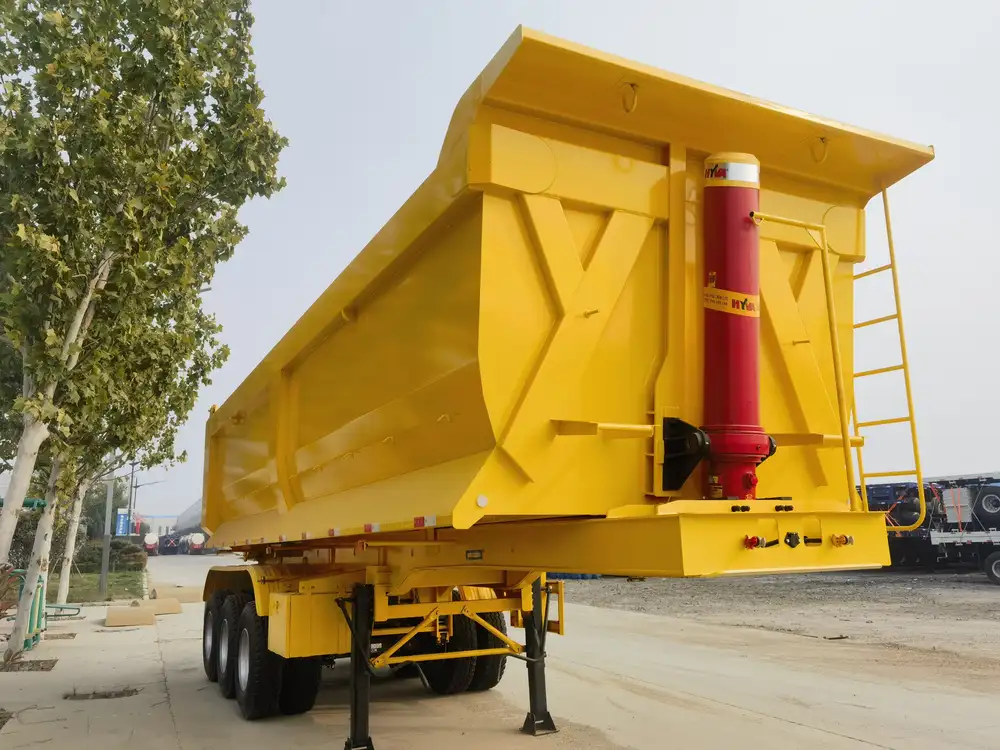
1. What types of cranes are best suited for lifting shipping containers?
Answer: The best cranes for lifting shipping containers include crawler cranes for heavy-duty lifting on uneven terrain, truck-mounted cranes for mobility and versatility, and tower cranes for construction sites with vertical space constraints. The choice depends on the container size, weight, and the lifting environment.
2. How can I ensure the safety of my crew during a container lift?
Answer: Ensuring crew safety involves conducting a thorough risk assessment, providing appropriate personal protective equipment (PPE), establishing clear communication channels, and adhering to safety protocols. Regular training and equipment inspections also play a crucial role in maintaining a safe lifting environment.
3. What are common challenges when lifting shipping containers with a crane, and how can they be overcome?
Answer: Common challenges include adverse weather conditions, uneven weight distribution, and equipment limitations. These can be overcome by monitoring weather forecasts, using balanced slings to distribute weight evenly, selecting the right lifting equipment, and maintaining all machinery to ensure optimal performance.

4. How do I choose the right lifting accessories for my container lift?
Answer: Selecting the right lifting accessories involves considering the container’s weight, size, and lifting configuration. Use high-quality slings and shackles rated for the container’s maximum gross weight, ensure proper attachment to the container’s corner castings, and verify that all accessories meet safety standards.
5. Why should I choose CarMax Trailer for my container lifting and transportation needs?
Answer: CarMax Trailer offers innovative trailer designs that support efficient lifting and transportation of shipping containers. Our products undergo rigorous quality control to ensure durability and performance, and our customer support team is dedicated to assisting you with tailored solutions that meet your specific lifting and transportation requirements.



